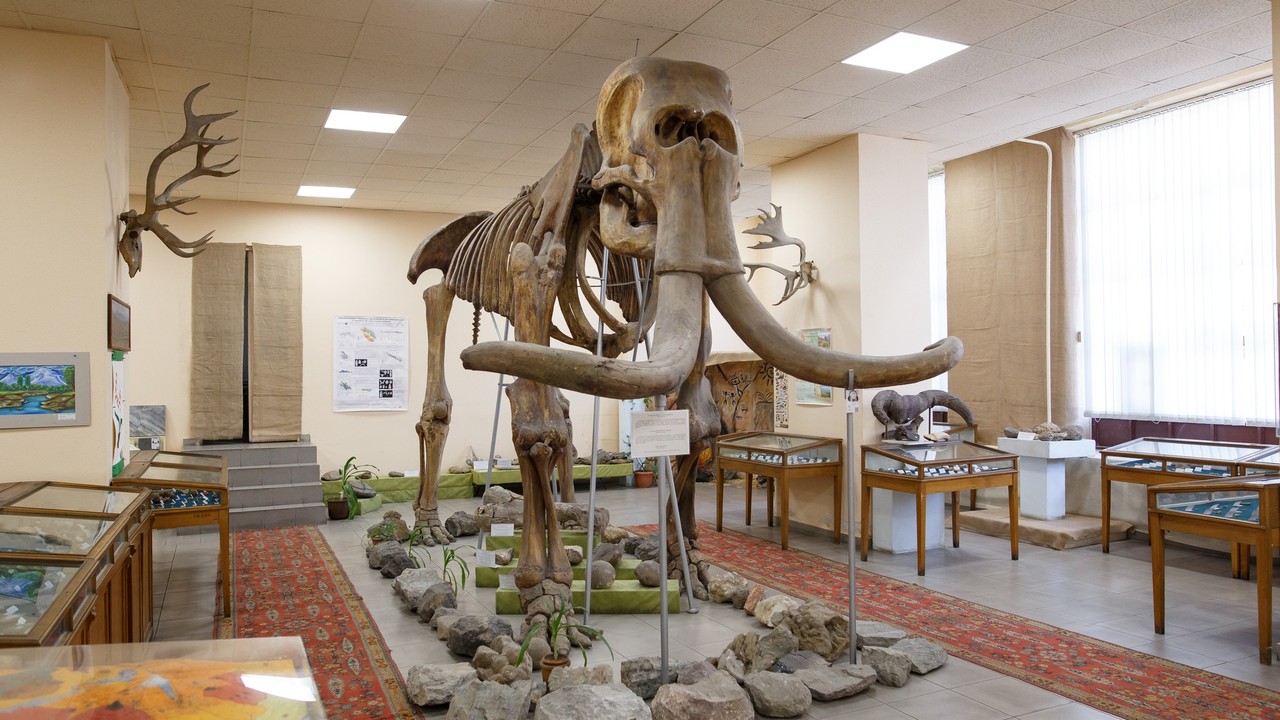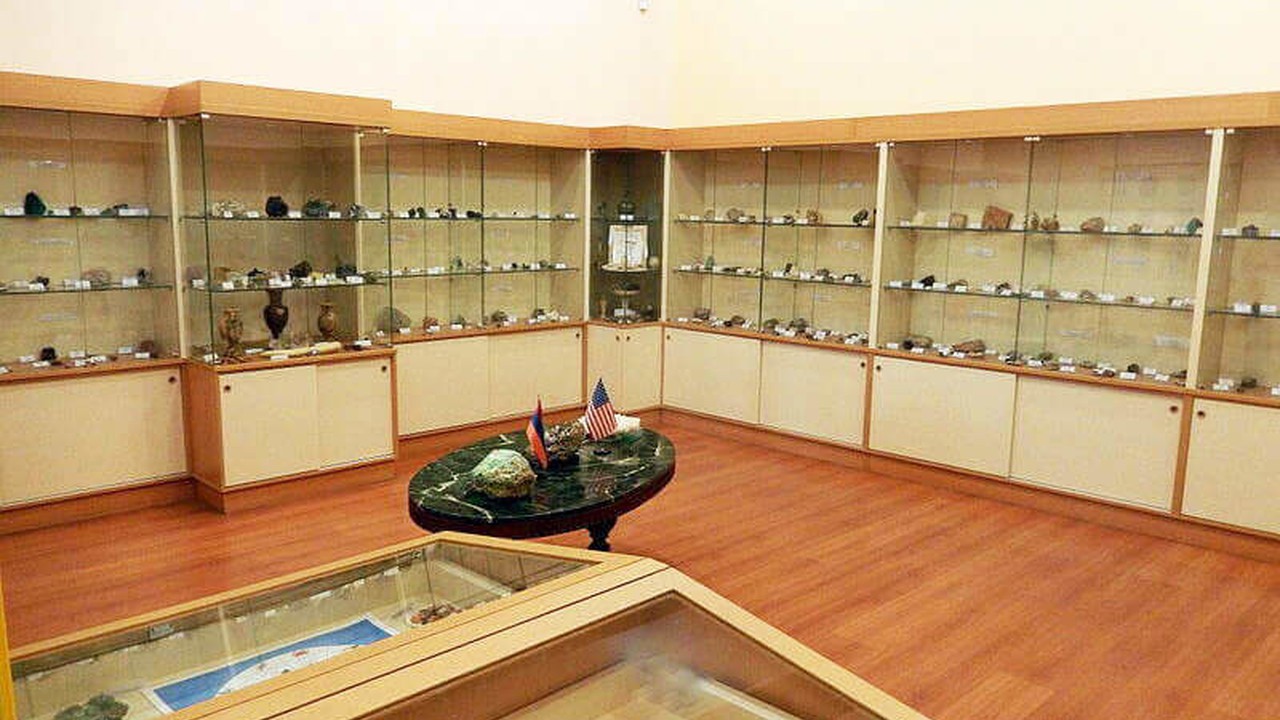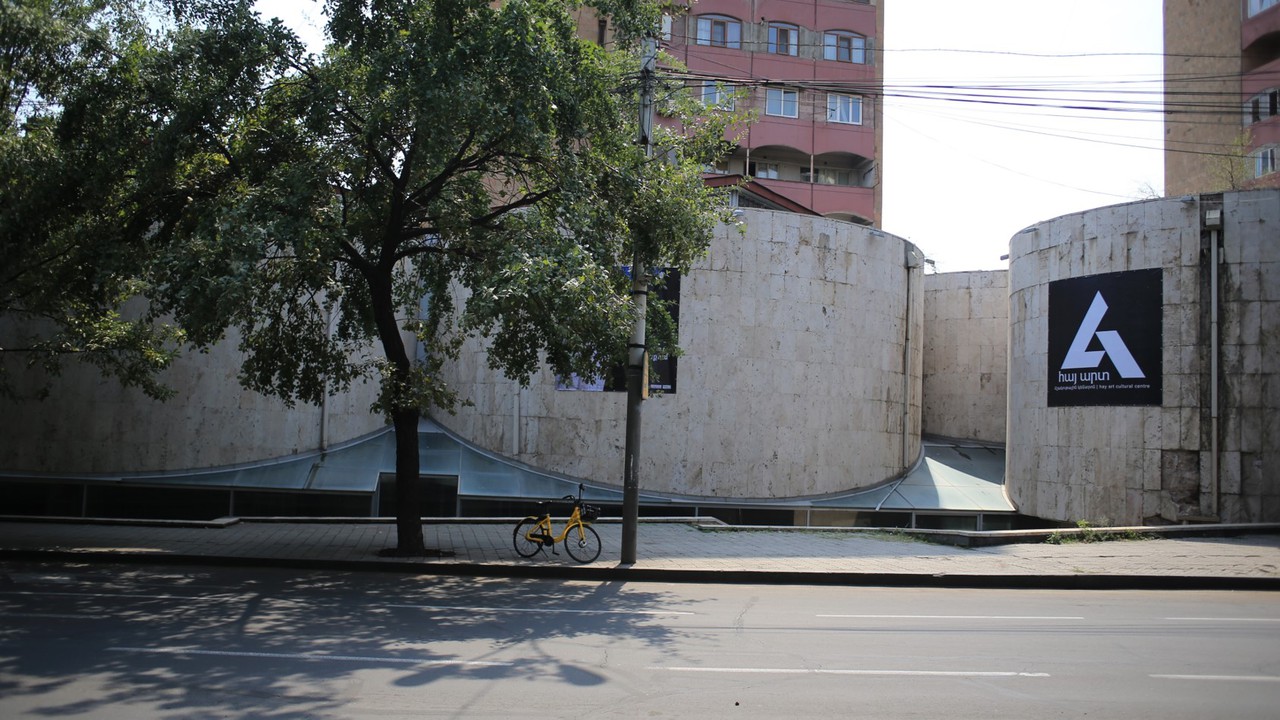MUSEUMS AND GALLERIES

Geological Museum
The Geological Museum presents valuable specimens of archeology, mineralogy, volcanism, petrology, the history of useful minerals and mineral waters.
The
Geological Museum was founded in 1937 on the initiative and under the direct
leadership of the outstanding geologist, Honored Worker of Science, Prof.
Hovhannes Karapetyan. The basis for the creation of the museum was Hovhannes
Karapetyan's personal, about 4500 specimens. The first exhibition of the museum
was organized on the basis of his rich collection and was later supplemented
mainly with exhibits of geologists of Armenia. After the death of H. Karapetyan
(1943), in 1944 the museum was named after him and operated within the system
of the Geological Institute of the NAS of the RA.
VISITOR INFORMATION
The museum's approximately 12,000 exhibits are classified into sections on archeology, mineralogy, volcanism, petrology, fossils, and the history of mineral waters. Among the exhibits, the skeleton of a prehistoric trogontherium elephant discovered in a sand mine in Gyumri is particularly noteworthy.
In 2012, the museum opened a mineral exhibition
hall named after the American-Armenian collector A. Dildilian, which presents
750 of the collector's 1,400 rare minerals from mines in different countries,
as well as donations of various minerals from Armenian geologists.
The museum also
houses the "Naturalist" eco-club, in which children of different age
groups get acquainted with the geology of Armenia and current ecological
problems. Open classes, educational trips, and excursions are organized
regularly.
HOURS AND ADMISSION
Tuesday to Friday: 11:00-17:00
ADMISSION
Adults - 1000 AMD
Schoolchildren, students - 500 AMD
EXCURSION
Armenian - 1500 AMD
Foreign languages – 2500 AMD



